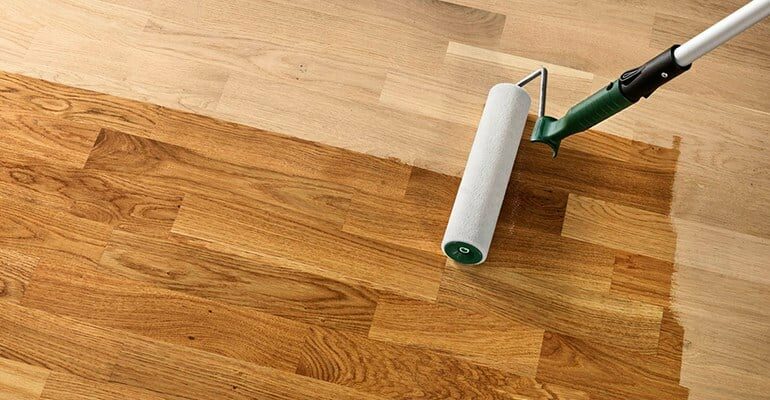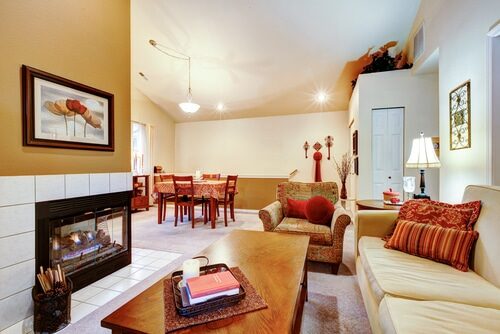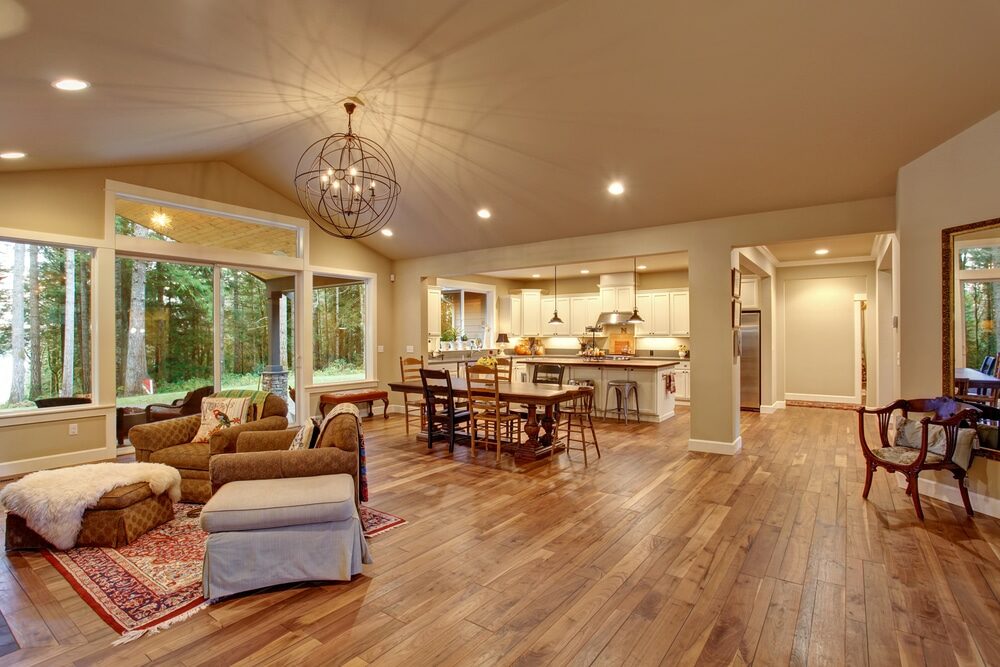London:
Nationwide:
Buffing for Parquet Flooring: Dos and Don’ts
Posted on October 9, 2023
Buffing
Buffing for Parquet Flooring: Comprehensive Dos and Don’ts Guide
Parquet flooring, with its intricate patterns and elegant design, has long been a favourite choice among homeowners looking to add a touch of sophistication to their interiors. Parquet, a classic form of hardwood flooring, is made from wooden blocks arranged in geometric patterns. As time passes, like all wooden floors, parquet can lose its lustre and begin to show signs of wear. To restore its shine and maintain its pristine condition, buffing becomes essential. However, buffing parquet is not as straightforward as it may seem. There are certain techniques and precautions that must be taken to ensure the beauty of the floor is preserved. Buffing is a process that involves lightly sanding the surface of the floor to remove scratches, scuffs, and other minor imperfections. When done correctly, it can rejuvenate the look of parquet flooring without the need for a complete refinish. But, given the unique nature of parquet, it is susceptible to certain challenges during the buffing process. For instance, because the grain of the wood in a parquet pattern runs in multiple directions, there’s a higher risk of damaging the wood if it’s not buffed properly. This article aims to guide you through the dos and don’ts of buffing parquet flooring. By understanding the correct techniques and common pitfalls, you can ensure that your parquet floor remains as captivating as the day it was installed. Whether you’re a homeowner looking to maintain the charm of your home or a professional seeking best practices, these guidelines will prove invaluable.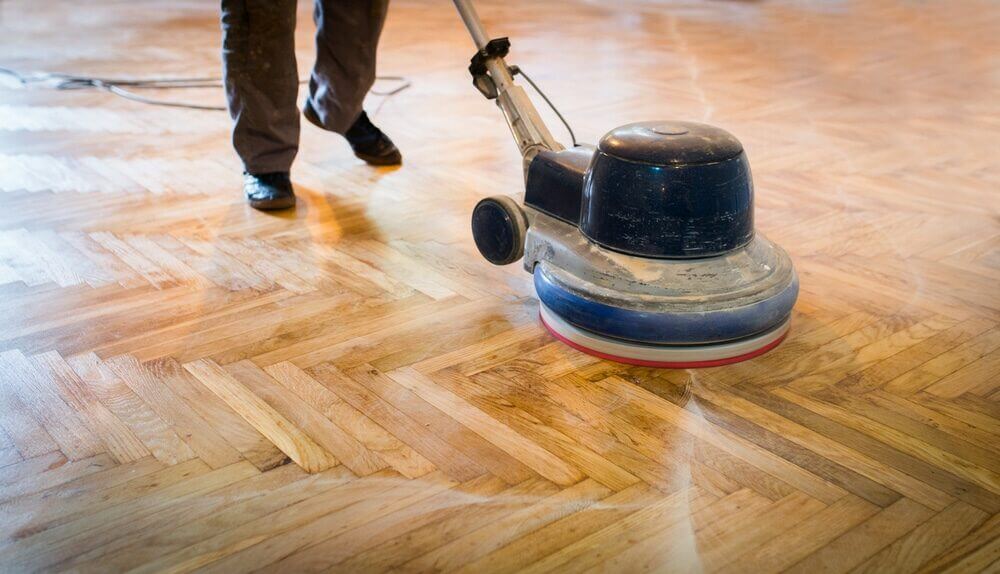
Understanding parquet flooring
Parquet flooring is a timeless choice that has graced homes, palaces, and public buildings for centuries. Its unique appeal lies not just in the material but in the artistry of its design and pattern. Delving into the world of parquet means understanding its history, construction, and the nuances that make it a sought-after flooring option.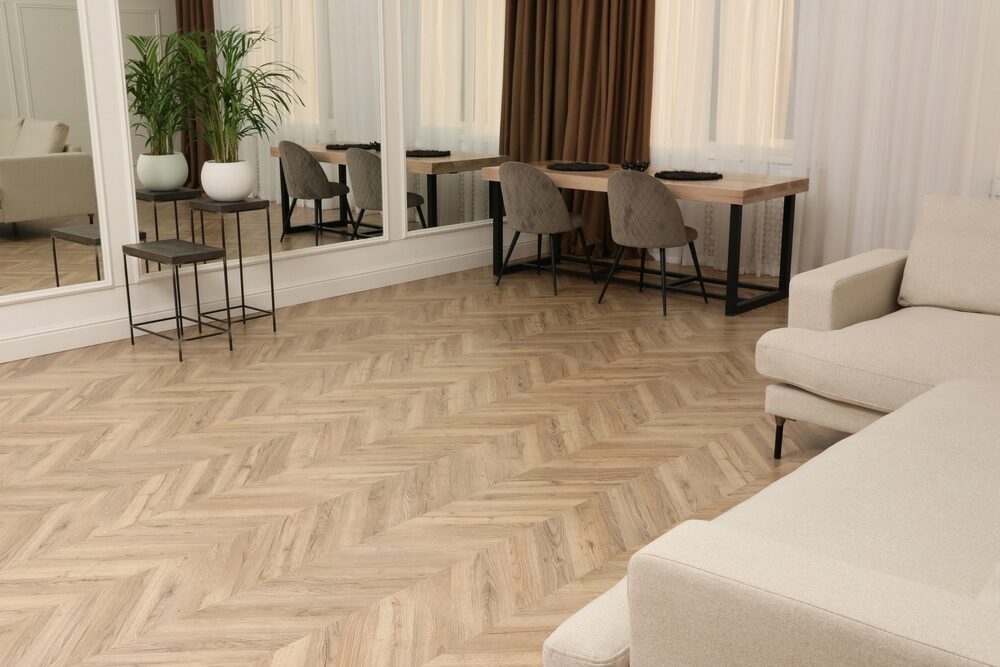
Origin and historical significance
The term ‘parquet’ originates from the French word ‘parqueterie’, which refers to the practice of “parking” or partitioning. Historically, parquet flooring was a solution to replace marble floors in 17th-century France, which required frequent washing and thus led to the joists beneath rotting. By the late 1600s, parquet began to appear in the grand rooms of the Palace of Versailles and other European estates, sealing its reputation as a symbol of elegance and craftsmanship. Intricate patterns, from simple geometric designs to more elaborate displays, showcased the skill of the artisans and became a mark of luxury.Construction and Design
Parquet floors are crafted from wooden pieces or blocks arranged in a geometric pattern. These patterns can range from the classic herringbone and basketweave to more complex designs like the rosette and chevron. Each design brings a unique character to a room, making it either a subtle backdrop or a standout feature. The construction of parquet flooring starts with the choice of wood. Traditionally, oak, walnut, cherry, lime, pine, and maple woods have been popular choices, each offering a distinct colour and grain. Modern parquet may also incorporate exotic woods or a combination of different species to achieve a particular aesthetic. Once the wood is chosen, it’s cut into thin pieces or tiles, which are then arranged in the desired pattern. The interlocking nature of these patterns gives parquet its strength and durability.Benefits and Modern Adaptations
Today, the allure of parquet remains undiminished. Homeowners value it not just for its aesthetic appeal but also for its durability and the warmth it adds to a space. Its versatility is evident in the myriad of patterns and wood choices available, catering to both traditional and contemporary tastes. Modern parquet flooring has seen technological advancements, with engineered parquet becoming increasingly popular. Engineered parquet consists of multiple layers of wood, with the top layer being the chosen wood veneer and the layers beneath being made of less expensive wood. This construction ensures stability, reduces the chances of warping, and makes the flooring suitable for areas with fluctuating temperatures or moisture, like basements or over-the-floor heating.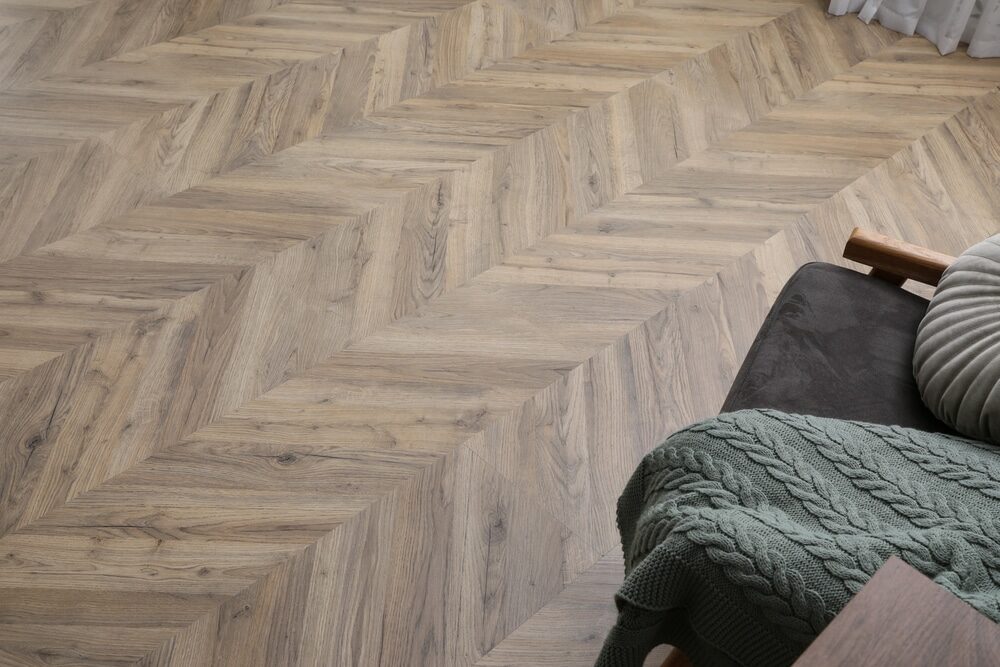
The Importance of Buffing
Buffing, a process often associated with flooring, vehicles, or metallic objects, holds a significant place in maintaining and restoring surfaces to their original luster. At its core, buffing is a smoothing and polishing process executed with the aid of abrasives or compounds on a soft pad or cloth. This technique can dramatically transform the appearance of surfaces, enhancing their beauty, longevity, and functionality. Delving deeper, one can appreciate the manifold importance of buffing in various contexts. 1. Aesthetic Enhancement: The most immediate and noticeable benefit of buffing is the aesthetic transformation. Over time, surfaces like floors, metals, or paint on vehicles can become dull, scratched, or marred with minor imperfections. Buffing helps in removing these surface defects, producing a smooth, high-gloss, and reflective finish. This revitalised appearance can often make objects look brand new, adding to their visual appeal. 2. Prolonged Lifespan: Beyond mere aesthetics, buffing plays a crucial role in extending the lifespan of materials. For instance, when wooden floors are buffed, they are better protected from elements that might cause them to deteriorate faster, such as moisture, dirt, or heavy foot traffic. By removing minute surface imperfections from metallic objects, buffing can also reduce areas where rust or corrosion might initiate. 3. Improved Functional Performance: Buffing isn’t just about looks; it also enhances functional performance. In the automotive industry, a well-buffed car not only shines but also offers reduced air resistance. Similarly, buffed machinery parts can have reduced friction points, leading to smoother operations and less wear and tear. 4. Protective layering: When buffing is combined with the application of sealants or waxes, especially on floors or vehicles, it offers an added layer of protection. This protective barrier is resistant to UV rays, moisture, and minor abrasions, further preserving the quality of the underlying material. 5. Cost-Efficient Maintenance: In the long run, regular buffing can prove to be a cost-efficient maintenance strategy. By addressing surface imperfections early on, more extensive repairs or replacements can be delayed or even avoided. This is particularly true for flooring, where timely buffing can prevent the need for a complete refinishing job. 6. Safety: Surprisingly, buffing can also have safety implications. A well-maintained and buffed floor is less likely to have uneven spots or rough patches that could become tripping hazards. Moreover, buffed surfaces are generally easier to clean and less likely to harbour dust or allergens.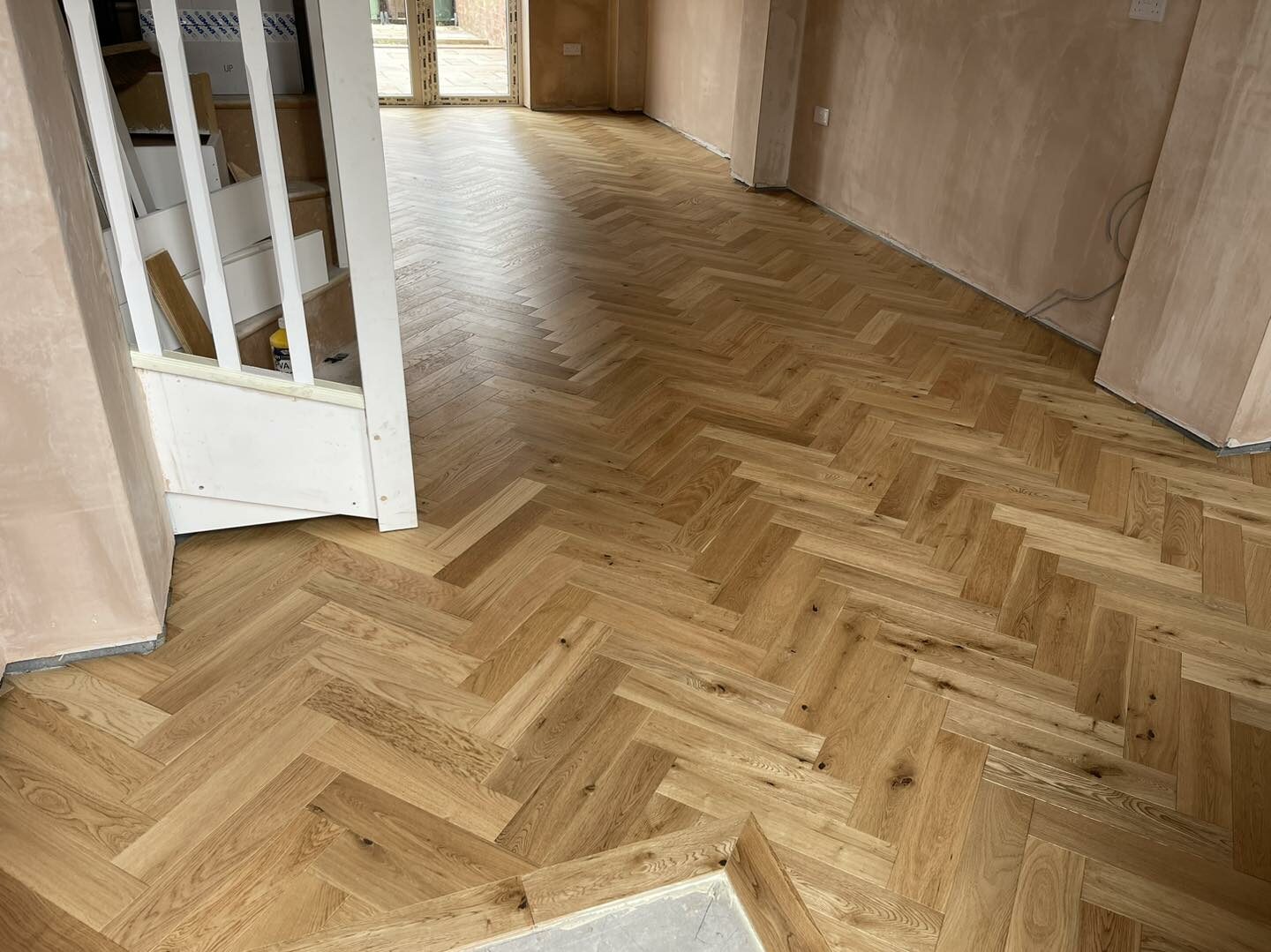
Dos of Buffing Parquet Flooring
Buffing parquet flooring is a delicate process, given the unique nature of its construction. The wooden blocks in parquet floors are oriented in different directions, which makes buffing slightly more challenging compared to regular hardwood flooring. Here’s a guide to ensure you do it right:- Do Research on Your Floor’s Finish: Before starting the buffing process, determine the type of finish on your parquet flooring. Whether it’s wax, polyurethane, or another type of sealant, knowing this will help you choose the right buffing pads and products.
- Do Use the Right Equipment: Invest in or rent a high-quality buffer machine. Ensure it comes with varying grit levels of buffing pads to cater to different stages of the buffing process.
- Do Start with a Gentle Grit: Begin the buffing process using a finer grit pad. This ensures that you don’t inadvertently remove too much of the floor’s surface. If deeper scratches remain, you can always gradually move to a coarser grit.
- Do Follow the Grain (as much as possible): While parquet’s grain runs in multiple directions due to its design, try to keep the buffer moving in the direction of the wood grain of each individual tile to minimise the risk of cross-grain scratches.
- Do Keep the Buffer Moving: When the machine is on, always keep it moving. Allowing it to sit in one place can damage that particular spot.
- Do Dust and Clean Before Buffing: Ensure the floor is free from dust, dirt, and debris before you start buffing. Any grit left on the floor can cause scratches during the buffing process.
- Test a Small Area First: Before buffing the entire floor, test a small, inconspicuous area first to ensure the process will produce the desired results without damaging the flooring.
- Do Protect Yourself: Always wear protective eyewear and a dust mask during the buffing process. The process can release fine particles into the air, which can be harmful if inhaled or if they get into your eyes.
- Finish with a Sealant: After buffing, it’s crucial to apply a suitable sealant or finish to protect the newly exposed wood and enhance its shine.
- Do Seek Professional Advice: If unsure about any step in the buffing process or if it’s your first time attempting to buff parquet flooring, don’t hesitate to seek advice from a professional.
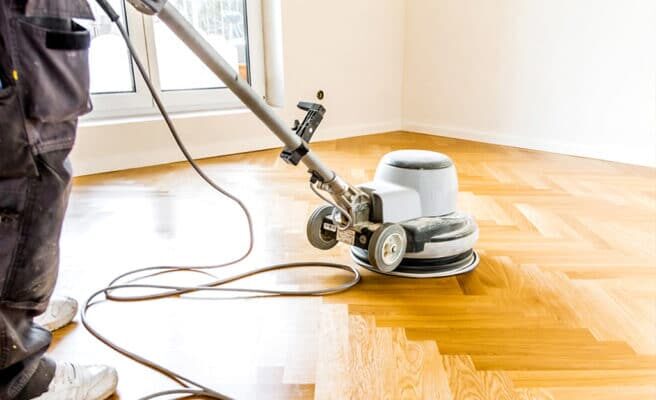
Don’ts of Buffing Parquet Flooring
Given the intricacies of parquet flooring, it’s essential to approach the buffing process with care to avoid unintended damage or suboptimal results. Here are some critical “don’ts” to keep in mind:- Don’t Skip the Prep Work: Never start buffing without first ensuring the floor is completely clean. Even the smallest particles can cause scratches or inconsistencies during the buffing process.
- Don’t Use Harsh Chemicals: Always avoid cleaners or solutions that aren’t recommended for hardwood floors. Harsh chemicals can strip the wood of its natural oils or damage the finish.
- Don’t Buff Too Frequently: Over-buffing can wear down the wood prematurely. Buff only when necessary, which for most residential floors is once every few years or when you notice visible scratches and dullness.
- Don’t Use a High-Speed Buffer: For wooden floors, especially parquet, a low-speed buffer is recommended. High-speed buffers can generate too much heat and damage the wood or finish.
- Don’t apply too much pressure. Allow the buffer to do the work. Applying too much downward pressure can lead to uneven results and potential damage to the flooring.
- Don’t Buff a Floor That Needs Refinishing: If the floor’s finish is heavily worn out or if there are deep scratches and gouges, buffing might not be enough. The floor might need more comprehensive sanding and refinishing.
- Don’t Ignore Damaged Tiles: Before buffing, ensure there are no loose or severely damaged tiles. Buffing over them can exacerbate the damage.
- Don’t Forget to Ventilate: Especially if you’re using sealants or finishes post-buffing, ensure the room is well-ventilated to disperse fumes and speed up the drying process.
- Don’t Walk on Fresh Finish: After you’ve finished buffing and applied a new sealant or finish, give it ample time to dry before walking on it or moving furniture back.
- Don’t Neglect Regular Maintenance: After buffing, continue with a regular cleaning and maintenance routine to preserve the floor’s lustre and prolong the time before another buffing is needed.
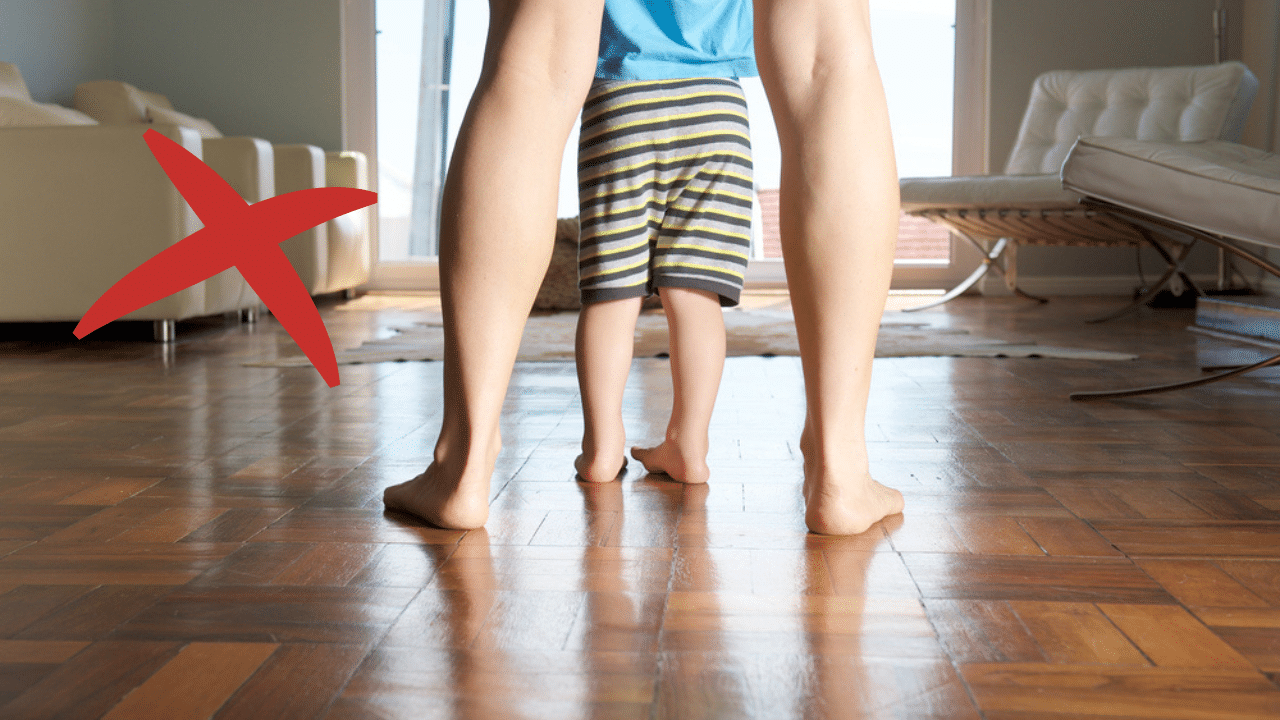
Buffing Techniques and Equipment
Buffing is a vital process in the maintenance and restoration of various surfaces, from flooring to vehicles and more. The success of a buffing project largely hinges on the technique employed and the equipment used. Here’s a comprehensive overview:Techniques:
- Circular buffing: This is the most common technique, especially for floors. The buffer is moved in a circular motion across the surface. This method is particularly effective in levelling out scratches and imperfections.
- Directional Buffing: For materials like wood, buffing in the direction of the grain helps prevent cross-grain scratches. While this is harder with parquet due to its varied grain directions, it’s beneficial for standard hardwood flooring.
- Wet Buffing: Some surfaces benefit from a little moisture, which can help minimise dust and provide a smoother finish. The surface is misted lightly with water or a specific solution, then buffed.
- Dry Buffing: As the name suggests, this method involves buffing without any moisture. It’s suitable for surfaces sensitive to water or when using specific types of finishes.
- Oscillating Buffing: Some modern buffers oscillate instead of spin. This motion is particularly useful for intricate surfaces or for materials that may be sensitive to traditional circular buffing.
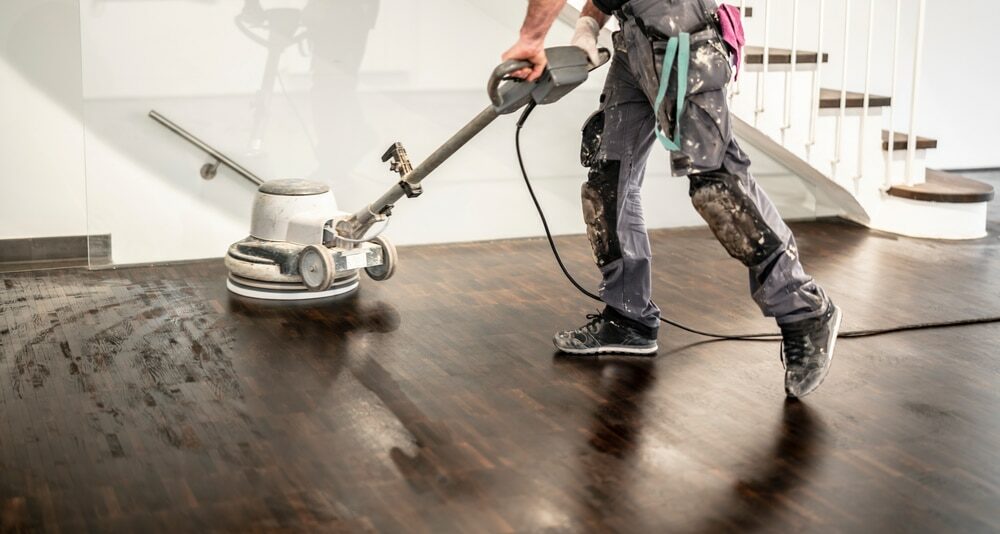
Equipment:
- Standard Floor Buffer: This is a low-speed machine, typically rotating between 175 and 300 RPM. It’s perfect for buffing hardwood floors, including parquet.
- High-Speed Burnisher: This machine can rotate at over 1000 RPM. It’s ideal for producing a high-gloss finish, especially on surfaces like polished concrete.
- Orbital Buffer: These don’t spin in circles but move in small orbits, making them less aggressive and ideal for delicate surfaces or DIYers.
- Buffer Pads: These attach to the bottom of the buffer. They come in various levels of abrasiveness, from coarse (for deep scratches) to very fine (for polishing).
- Red Pads: Light cleaning
- White pads: polishing or light scrubbing.
- Blue or green pads: general cleaning and scrubbing.
- Black Pads: Stripping off old wax or finishes
- Buffing Compounds: These are solutions or pastes that aid in the buffing process, providing both lubrication and mild abrasives. The type you need will depend on the surface being buffed and the desired result.
- Wax or Sealants: After buffing, especially floors, a protective layer of wax or sealant is often applied to protect the surface and enhance the shine.
- Vacuums and Dust Extractors: These are crucial for keeping the work area clean, especially during dry buffing, as dust and debris can interfere with achieving a smooth finish.
- Protective Gear: Safety goggles, dust masks, and ear protection are essential, especially during prolonged buffing sessions.
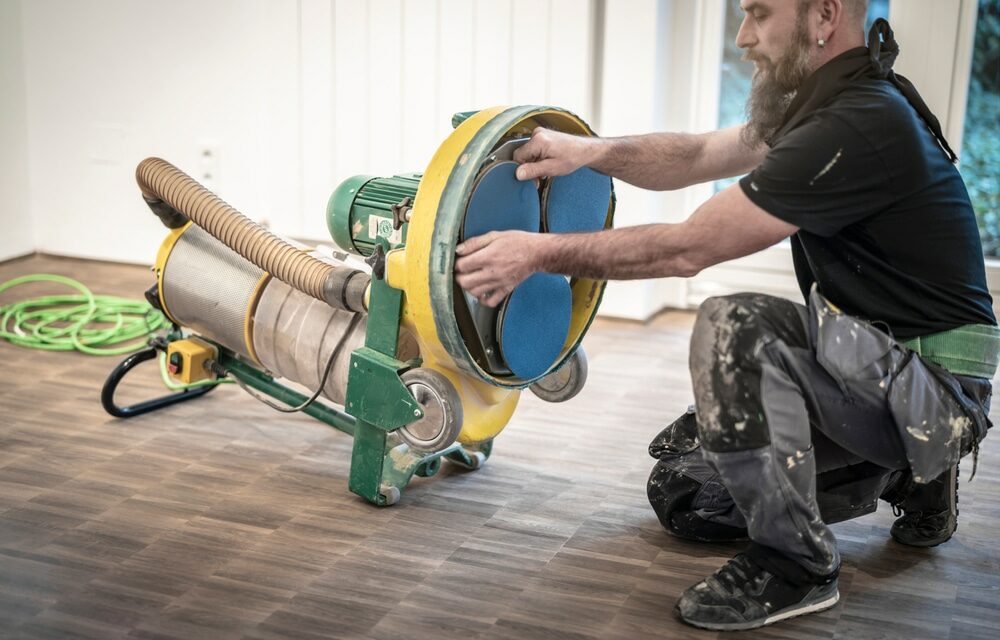
Final Thoughts
Buffing, often perceived as a simple act of polishing, is an art and science intertwined. It represents the culmination of technique, understanding of materials, and the right equipment to bring back the inherent beauty of surfaces. From the intricate patterns of parquet flooring to the sleek body of a car, buffing can rejuvenate and extend the life of a multitude of surfaces. However, its significance extends beyond mere aesthetics. Regular buffing and maintenance can be seen as a testament to the value we place on preservation, care, and respect for our possessions. Whether you’re a homeowner wishing to preserve the elegance of your living space or a professional dedicated to restoration, mastering the nuances of buffing is a valuable endeavour. Yet, as with any craft, it’s essential to approach it with both knowledge and caution. The right technique and equipment make all the difference, ensuring that the buffing process enhances rather than damages. Moreover, it’s a continual learning process; as technologies evolve and new products enter the market, staying informed is crucial. In conclusion, buffing serves as a gentle reminder of the cyclic nature of things: with time, surfaces wear down, but with care and attention, they can be brought back to life, shining just as brightly as before.Some Useful Links:
- Stairs Sanding & Refinishing
- Floor Sanding Services
- School Floor Sanding
- Wood Floor Restorations
- Wood Floor Repairs
- Wood Floor Polishing
More from our Blog:
Tips for Buffing Around Edges and Corners How Often Should You Buff Your Hardwood Floors? Different Buffing Techniques for Hardwood Floors The Role of Buffing in Achieving a Smooth Finish How to Choose the Right Buffer for Floor Sanding How to Repair Damaged Floors with Belt Sanding Step-by-Step Guide to Belt Sanding Your Floors Innovative Techniques for Using Belt Sanders in Floor Refinishing How to Achieve a Perfectly Flat Surface with Belt Sanding for Floor Refinishing Common Belt Sanding Tools and Accessories for Floor Refinishing The Role of Belt Sanding in Achieving a Professional Finish on Your Floors
Sanding
We provide virtually dust-free sanding with our continuous belt machinery with mobile extraction units, giving you a safer environment for your family.
Oiling
This organic finish not only adds beauty to your home but also has exceptional water-repellent characteristics, making it easier to clean and maintain.
Waxing
This natural floor finish offers the softest and most mellow appearance – and leaves your floor able to breath.
Buffing
Using soft buffing machines (and hand-polishing where required) will bring a wonderful sheen to your newly-finished floor.
Repairs
We offer a full assessment of your wooden floors to determine what repairs are needed to provide the perfect working surface for the later stages of sanding, staining and sealing.
Restoration
We offer a comprehensive restoration process designed to address floors that are improperly fitted or damaged over time through wear and tear.
Request a fixed price quote for your wood floor restoration now
Simply enter your postcode below to get started.
Services
Wood Floor Sanding Wood Floor Restoration Wood Floor Scratch Repair Squeaky Wood Floor Repair Parquet Floor Sanding Parquet Floor Restoration Commercial Floor Sanding Church Floor Sanding Community Centre Floor Sanding School Floor Sanding Gap Filling Gap Filling with ResinCopyright © Mr Sander®
Privacy & Cookies Terms & Conditions Complaints Procedure Cancellation Rights Sitemap